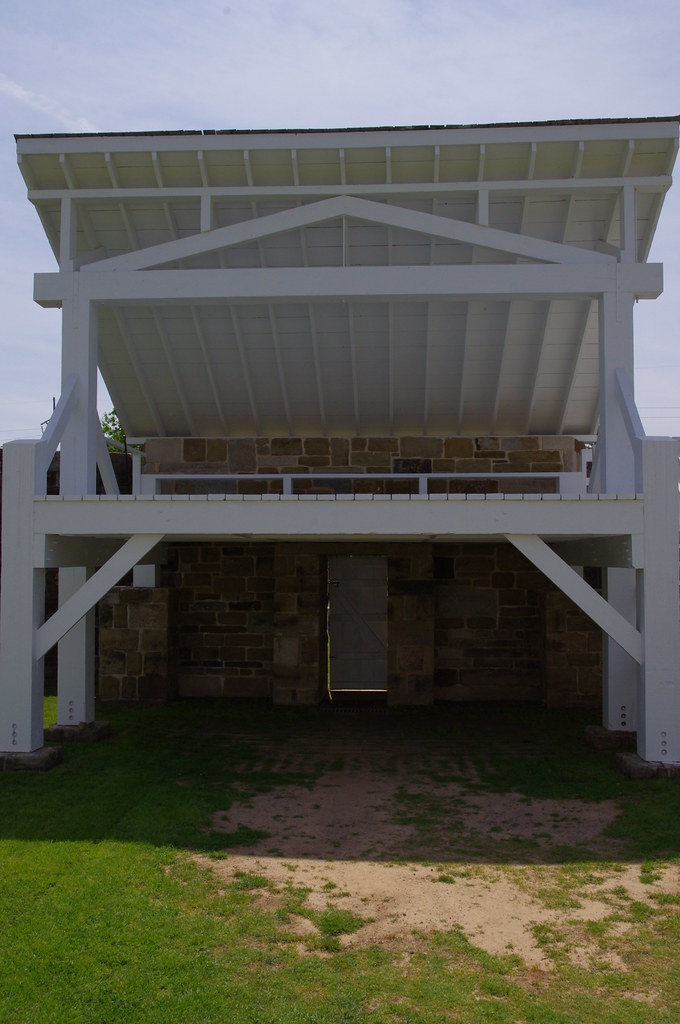Photography Now & Then #136
Clematis on our front porch are doing well. This photo was shot from a tripod using a feature of the camera called pixel shift resolution. According to a 2015 press release, “Pixel shift technology uses the camera’s in-body Shake Reduction mechanism to move the image sensor at single pixel increments, capture 4 separate images, which are subsequently combined into a single high definition image. Benefits include higher resolving power, reduced false color and improved overall image quality of non-moving subjects.” There was an occasional light breeze, so I had to wait between shots to keep from getting blurring of the blossoms, buds or leaves.

Now: Clematis blossoms, west – central Arkansas, May 17, 2018 (Pentax K-3 II)
Clematis1
Clematisis a genus of about 300 species within the buttercup family, Ranunculaceae. Their garden hybrids have been popular among gardeners, beginning with Clematis × jackmanii, a garden standby since 1862; more hybrid cultivars are being produced constantly. They are mainly of Chinese and Japanese origin. Most species are known as clematis in English, while some are also known as traveller’s joy, a name invented for the sole British native, C. vitalba, by the herbalist John Gerard; virgin’s bower for C. viticella and for C. terniflora; old man’s beard, applied to several with prominent seedheads; leather flower for those with fleshy petals; or vase vine for the North American Clematis viorna.
______________________________________
While the Fort Smith National Historic Site is only a little over an hour away from us, we didn’t get around to visiting it until we had been Arkansas residents for over 30 years. That’s the way it is, though, it seems. People travel to see things in other places when there are interesting things not that far from home.

Then: Gallows, Fort Smith National Historic Site, Fort Smith, Arkansas, April 7, 2012 (Pentax K-r)
Gallows at Fort Smith2
The gallows at Fort Smith served as an instrument of federal justice for twenty-three years, from 1873-1896. During those years 86 men were executed for capital offenses on the gallows.
While the gallows that stands today is a reconstruction, visitors are still drawn to the place where these executions were conducted. Perhaps no other place in Fort Smith illicits such interest and strong feelings.
Today, nooses are hung on the gallows only on the anniversaries of historic executions. The number of nooses hung corresponds with the number of men executed on that day. Ranger-led programs are held at the reconstructed gallows on the anniversary dates of executions carried out by the federal court from 1873-1896.3
Endnotes:
- Wikipedia
- National Park Service
- Gallows Today, National Park Service
Photography Now & Then Notes:
- Series Photos
- The Now photo is one that is almost always taken the day of the blog post. In some instances, posts may be backdated if internet access is not available on the day of the photo or other reasons prevent posting Photography Now and Then.
- The Then photo is usually a randomly selected older photograph from a batch of photos specifically “curated” for Photography Now and Then.
- Each photo in this series is an “original work” – a copyright term – of Michael Goad.
- Reference links were accessed on the date the blog post was published, unless otherwise stated.
- The title convention for Photography Now & Then blog posts evolved early on from one word related to each photo separated by “&” to usually being the first word in the caption description for each photo.

